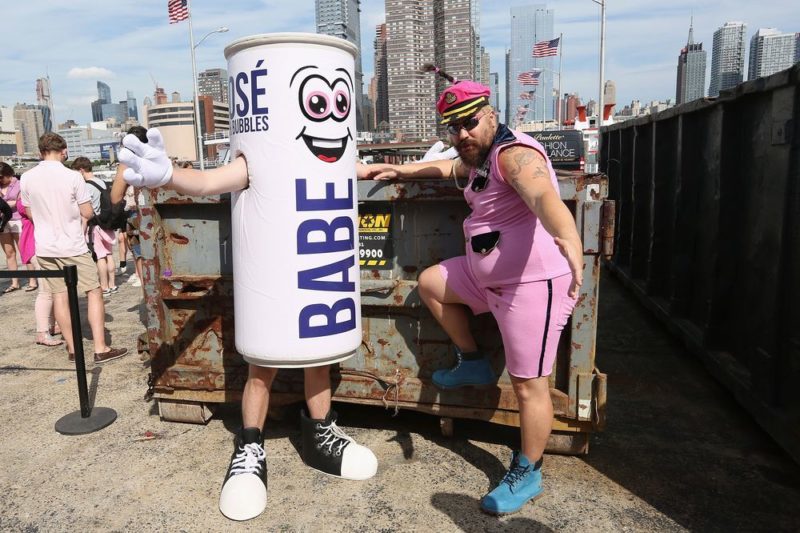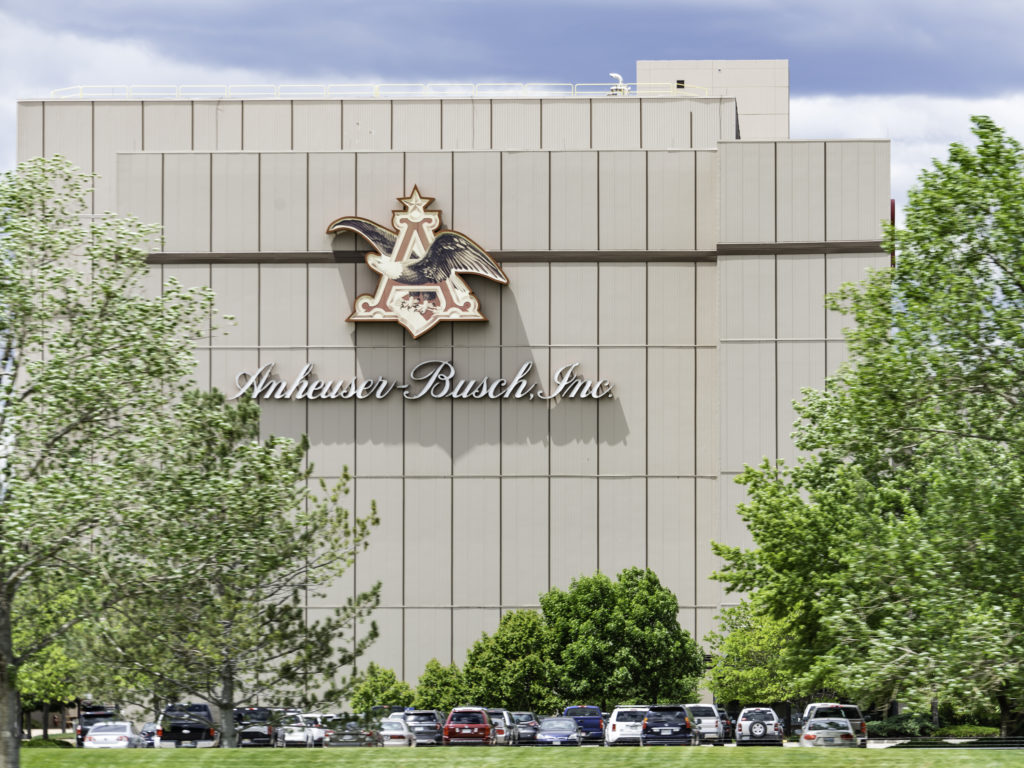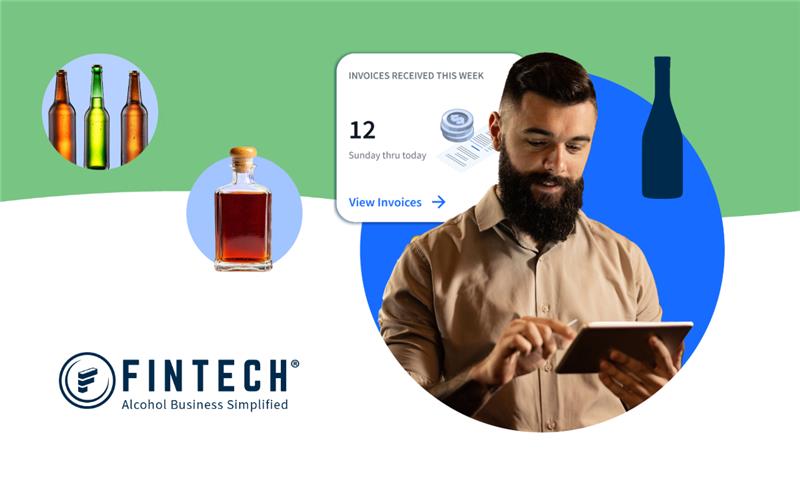
Photo Rob Kim/Getty Photos – Josh Ostrovsky with the Babe mascot.
The world’s biggest brewer is betting on a wine brand that made its name on social media.
Anheuser-Busch, searching for growth as consumers turn away from mass-produced beer brands like Budweiser and Bud Light, is taking full control of Babe Wine. The company was co-founded by Instagram influencer Josh Ostrovsky, known by his social media handle “The Fat Jewish.”
The company, then called Swish Beverages, first launched “White Girl Rosé” in 2015 and now generates more than 95% of its revenue from Babe Wine, which is sold in cans. Canned wine has become a popular option in the U.S. with coastal millennials, particularly in the summer months, often replacing six-packs of beer at picnics and pool parties.

Anheuser-Busch has a limited presence outside of the beer market and first took a minority stake in the winemaker last year. The company did not disclose financial details for the investment, which came through its ZX Ventures unit, which is focused on small brands outside the core beer business.
With Babe, Anheuser-Busch is acquiring a brand that resonates with younger consumers on social media. The beermaker is betting it can drive sales with increased distribution in a category with a dearth of name brands.
“It’s a really staid category,” said Brendan Whitworth, Anheuser-Busch’s chief sales officer in the U.S. “We think this is the right time to capitalize on what’s going on in canned wine space and wine in general.”
Americans drank less alcohol in 2018 for the third straight year, with beer driving the declines. Wine and spirits, meanwhile, picked up market share. Rosé is a small part of the overall market, but consumption gained 8.2% in the U.S. last year, alcohol industry researcher IWSR said.
Ostrovsky and co-founders David Oliver Cohen and Tanner Cohen always intended to go after the canned wine market, but initially launched their rosé in bottles in a bid to get the name out there. Ostrovsky, who built his brand on social media and has more than 10 million followers, knew that rosé was popular on Instagram and realized after a shortage in the Hamptons in 2014 that there was an opportunity to create a photograph-able brand that would be a hit with younger drinkers.
“We knew they were the No. 1 group drinking wine, but they couldn’t cite a brand,” Ostrovsky said in an interview. “We wanted to be the Bud Light of wine.”
Article Credited to: Craig Giammona, Bloomberg






